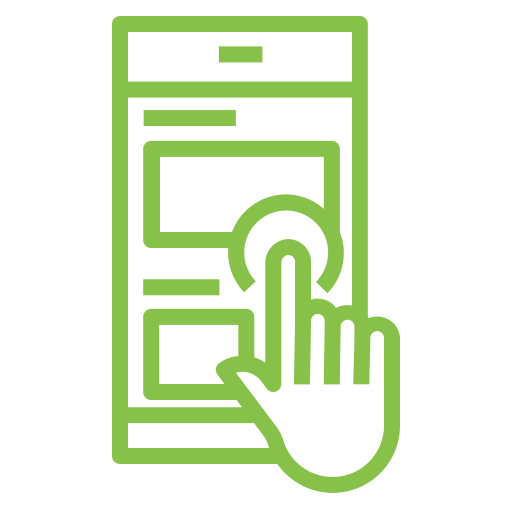
Introduction to usability testing
Usability testing is the process of testing a product by the people who represent it. It is one of the most common UX research methods. It is a process where user experience is targeted. Participants involved in usability testing are usually asked to perform some tasks that test the UX of the website, app, or any other product. The person who orders the tasks is usually a moderator.
When the testing is performed, observations indicate issues in the website usability. The developers of the website then eradicate these issues. The problems identified during UX testing have a pivotal role as they are identified before the website or app is launched online. It is just like checking a newly manufactured item before launching it on the market. Just like physical items require physical testing, websites and apps require usability testing performed online.

Remote usability testing
As the name suggests, remote usability testing refers to the user experience that involves screen recording the usability of a website that is analyzed afterward. The central feature of remote usability testing is that it doesn’t limit the participants to a particular geographic location or a lab.
Selecting the type of website usability testing is entirely up to you. You can hire a lab with advanced equipment or perform remote usability testing as well. Remote usability testing is usually preferred over in-person usability testing. Remote usability testing is done online on screen-sharing software like Zoom, Google Meet, Skype, etc. The process of both types of usability testing are the same. A moderator asks the participants to perform some tasks.
Remote usability testing is of further two types: Remote moderated and Remote un-moderated. Instead of a moderator, a suitable online tool assigns the tasks to the participants.
Why is usability testing critical?
Usability testing is required to know about the capability of your product. UX is one of the most critical things in a website or an app. The user experience testing allows you to collect the following data:
- Know how the website operates
- Identify any bugs or UX issues
- Check the functionality and user experience of the website
- Keep a check on all the problems that are related to UX
So, usability testing is something that cannot be neglected. If you own a website, you must perform usability testing. Especially after updates to the UX, there might be some UX design problems that make navigation hard on the website. Usability testing helps you identify all such bugs and fix them.
Benefits of website usability testing
Website usability testing comes with certain benefits regarding your website. Let us dive into these benefits:
- Usability testing of a prototype allows you to know how clear your idea is. Bring in users to test your prototype website before converting it into a final product. If the users get a clear picture of what you want to do with the website, your website is good to go.
- After the website is finalized, website usability testing allows you to compare the actual results with the expectations. This can save you from negative reviews and bugs if you perform usability testing before launching the website online.
- Many websites involve multiple processes. The users have to go through multiple screens to complete a cycle, e.g., Checkout. If your website has such features, you must make sure through usability testing that all of these features work fluently without any issues.
- Through usability testing, the primary and blatant errors are easily eradicated from a website. However, user experience testing also eliminates minor errors because different users participating in the testing have different patterns to use a website. The diverse range of usage methods allows you to quickly identify minor bugs and errors on the website.
- All the positives combine to make a more significant impact. The usability testing will allow your website to have one of the best UX for users. Easy UX means more traffic and more customers.
Categories of usability testing
There are two categories of usability testing:
- Qualitative usability testing is involved in how users analyze and counter the website. It is recommended for identifying the UX. It is based on “how” the users interact with the website.
- Quantitative usability testing is recommended for collecting the standard values. There are two typical values that standout. Those are the Number of successful tasks and the time required for the functions.
Conclusion
User experience (UX) testing is critical for any website or app. Usability testing helps you to diagnose and treat the issues in your website. There are two categories and two types of usability testing. There are many benefits of usability testing. We hope that our blog will give you enough knowledge about usability testing and UX. It helps in providing the best user experience to the users.
Related reading:
- Remote usability testing: what you need to know
- What is moderated usability testing? Definition and guide
- Understanding qualitative and quantitative research: the key differences
- How to set up your first remote usability test on TryMyUI
- Understanding qualitative and quantitative research: the key differences



